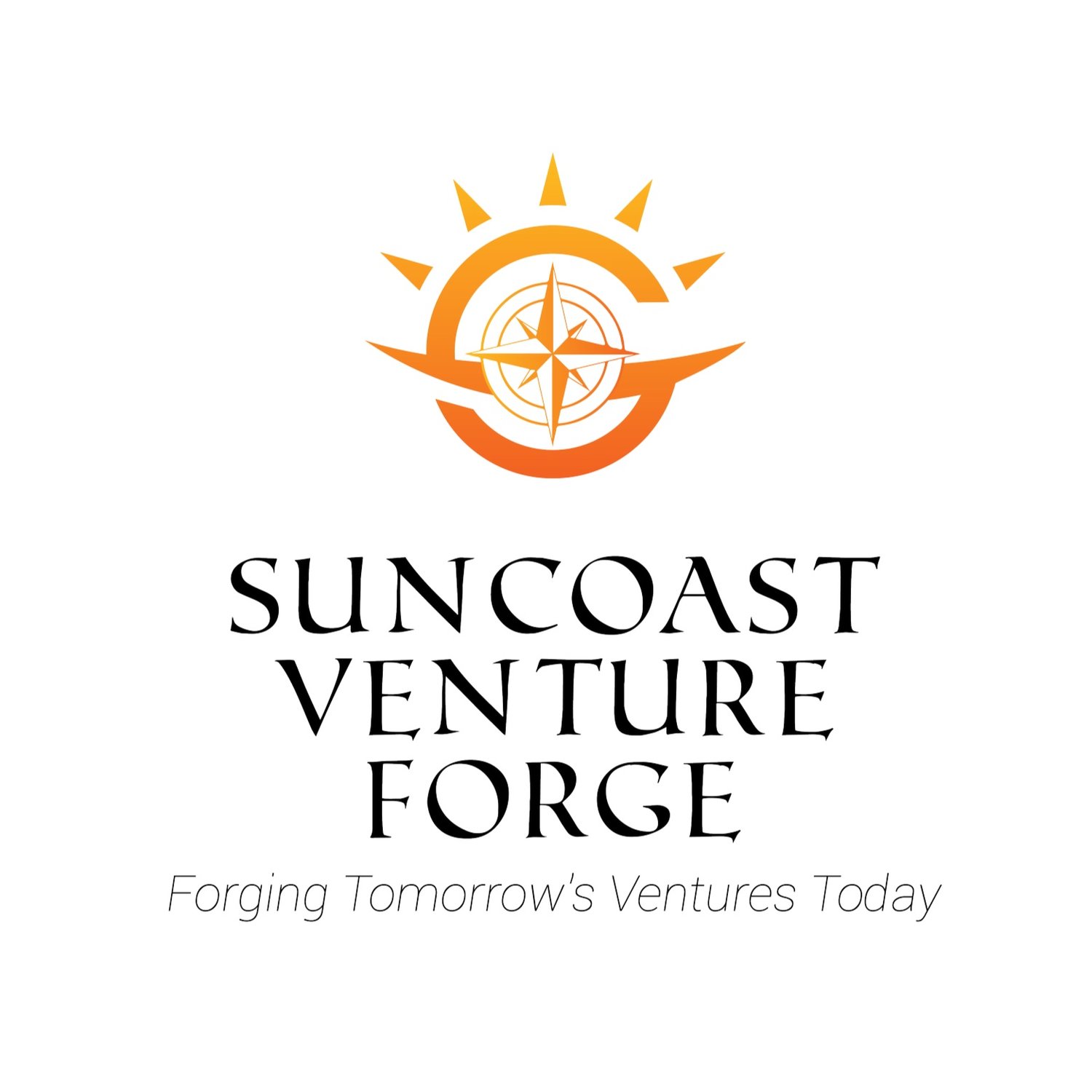
CAS Video Training Program
This is a video instructed and self-paced training program. There are 6 modules and every module has several classes. Besides the video classes, additional templates and formulas are offered as well as online optional coaching is available. Here is the outline of the modules and the classes:
Customer Profile Development:
Objective: Assists in understanding what your ideal customer's needs, wants, and behaviors are.
Classes:
Customer Persona Development.
Pain Points Recognition and Problem Statement Development.
Identifying Customer Needs.
Need-Solution Alignment and Competitive Differentiation.
Increasing Customer Loyalty and Churn Management
Customer Retention Strategies and Improved CLTV
User Experience Design:
Objective: Assists in creating a perception and function of your product or service that is easy, enjoyable, and efficient to use and experience.
Classes:
Customer Journey Development & Touchpoint Identification.
Messaging Formulation at Every Touchpoint.
Awareness Stage Strategy: Addressing the Need.
Engagement Stage Strategy: Supporting Problem Solving.
Phases of the Conversion Stage Strategy: EGO, HURT, FRIEND
Loyalty Stage Strategy: Consistent Delivery & Meeting Expectations
Sales Cycle Length (B2B):
Objective: Assists in analyzing the efficiency of converting leads into paying customers within the B2B sales process.
Classes:
Understanding the B2B Sales Cycle & Funnel Evolution.
Identifying Real Need, Budget, and Offer Fit (ABOVE).
Engaging the Client and Decision Makers (IN).
Proposal Negotiation and Commitment (BEST FEW).
Pricing Alignment and Value Exchange.
Sales Cycle Optimization & Customer Acquisition Cost.
Enhancing Conversion Rates.
Sales Incentivization and Team Structure.
Increasing Sales Personnel Satisfaction.
Case Studies and Applying KPIs.
Sales Cycle Length (B2C):
Objective: Assists in optimizing the conversion process from visitors (channels: website, social media site, physical location, and so on) to paying customers.
Classes:
Introduction to the B2C Sales Cycle.
Mastering Awareness Through Social Media.
Engagement & Conversion Strategies.
Decision Stage Dynamics.
Closing & Onboarding for Retention.
Optimizing Conversion Rates.
Maximizing Customer Lifetime Value.
Reducing Customer Acquisition Costs.
Sales Incentivization for Team Collaboration.
Boosting Sales Personnel Satisfaction.
Customer Onboarding and Retention:
Objective: Assists in effectively integrating new customers and encouraging them to become loyal, repeat users.
Classes:
Enhancing Team Engagement & Transition from Sales to Customer Care.
Sales Assistance in Customer Onboarding.
Aligning Incentives with Customer Success.
CRM Utilization & Policy Reinforcement.
Building a Customer-Centric Sales and Onboarding Culture.
Cultivating Customer Feedback Loops.
Acting on Customer Feedback.
Building Partnerships for Enhanced Offerings.
Competitive Benchmarking and Industry Analysis.
Measuring and Enhancing Customer Satisfaction.
Mutual Engagement and Roadmap Sharing.
New Market Access:
Objective: Assists in expanding your customer base and revenue streams by entering new geographic territories or industries.
Classes:
Developing a Roadmap for New Market Entry.
Conducting Market Research for New Geographies.
Gaining Industry Knowledge for Diverse Market Entry.
Assessing and Enhancing Product/Service Transferability.
Customer-Facing Organizational Setup:
Objective: Assists in streamlining operations and empower your team to deliver a consistently positive customer experience.
Classes:
Building a Competent Customer-Facing Team.
Developing the Customer-Facing Organization.
Structuring Training for Customer Engagement.
Ensuring Ongoing Training and Education.
Knowledge Base Development and Utilization.
Incentivizing Team Performance.

